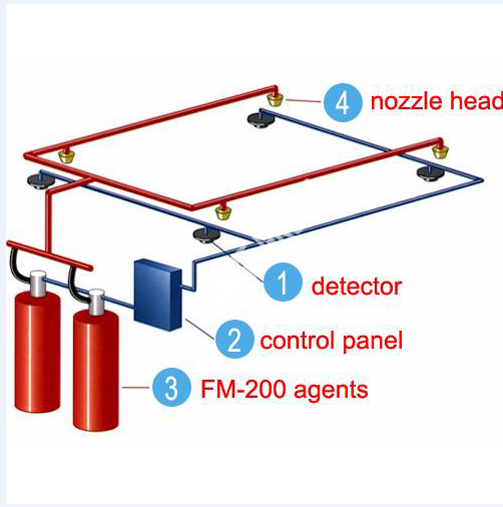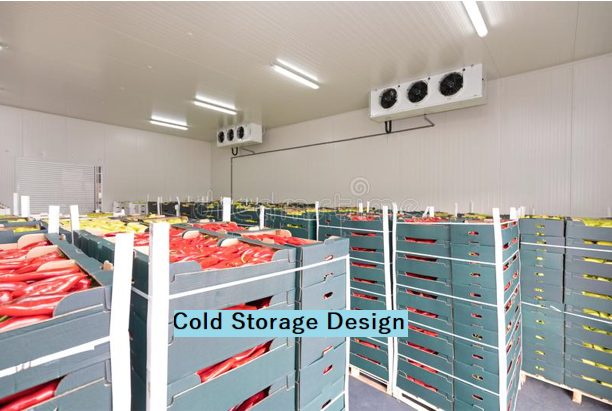Fire Extinguisher
Fire triangle
- By removing one of these four components the fire will go out
- Fire Extinguishers are designed to do just that
Classes of fire
Types of fire are separated into different classes based on the fuel source. involved knowing the classes of fire will help you choose the appropriate Extinguisher .
Each classes of fire is designated by latter and / or symbol :
When to use a fire extinguisher ?
use a fire extinguisher when :
- The fire is contained and not spreading.
- The extinguisher is readily available .
- You know to use it properly
- Personal safety is not compromised .
- There is a clear path for escape
Types of fire Extinguishers
Dry chemical
Carbon Dioxide
Water/ Foam
- Works by cooling the fire and coating the fuel. Foam extinguishers create a foam barrier preventing the fuel from coming in contact with oxygen .
- Effective on class A fires .
- Can cause liquids in class B fires to spread.
- Can cause liquids in class B fires to spread.

Dry powder
- Works by separating fuel from oxygen and / or removing heat.
- Effectiveness is based on the type of class D fire it is designed to extinguish.
- Ineffective on class A,B,C fires (metal fires ) only .

Wet chemical
- Designed for restaurant type kitchens.
- Works by forming a soapy foam blanket over the burning material and cooling it below its ignition temperature .

Clean Agent
Fire Extinguisher locations
- Fire extinguishers are located throughout the workplace and readily accessible in the event of a fire. you can usually find them in hallways , laundry rooms , meeting rooms ,kitchens,mechanical / electrical rooms,and near exit door.
- The class, quantity, and placement of fire extinguishers is determined by the potential size and type of fire that can occur in locations, such as office space, storage space, research etc.
- Employees should take the time to learn the locations of the fire extinguisher in their workplace.
Thank you












0 Comments